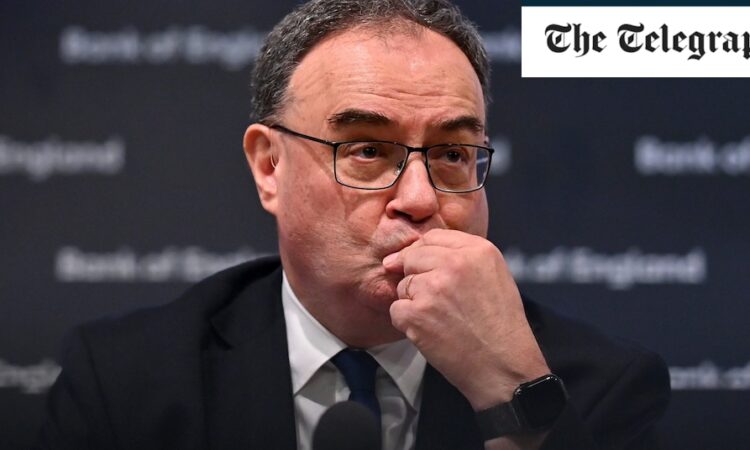
Central bankers in the two countries are responding to, and anticipating, broadly similar data. Yet, when economic circumstances diverge, then interest rate patterns can diverge also. There have been many occasions in the past when the Bank has changed interest rates before the Fed.
The latest occasion was in December 2021 when the Bank started to increase rates three months before the Fed. There have also been many occasions when the size of interest rate changes has been decidedly different between the two countries.
But won’t the Bank of England be worried about the impact of rate cuts here on the exchange rate of the pound?
The currency has already weakened in reaction to last week’s news and it could conceivably weaken further if the conviction strengthens that the Bank will cut rates further and faster than the Fed. Yet this need not be an inhibiting factor. Inflation holds the key.
If the inflation rate falls very sharply and looks likely to stay down, then the Bank will surely judge that we can afford a little inflationary pressure emanating from a slightly weaker pound. What’s more, any currency weakness is likely to be restricted to the rate against the dollar.
Last week’s meeting of the ECB suggested that euro-zone interest rates will probably be cut before very long and that they will probably be about 1pc lower by year-end. In keeping with this, last week’s drop of the pound against the dollar was not mirrored by any weakness against the euro.
The upshot is that there is a fair prospect that UK rates will be cut by 0.25pc to 5pc in June and will reach about 4pc by the end of the year and about 3pc by the middle of next year.
Roger Bootle is senior independent adviser to Capital Economics






